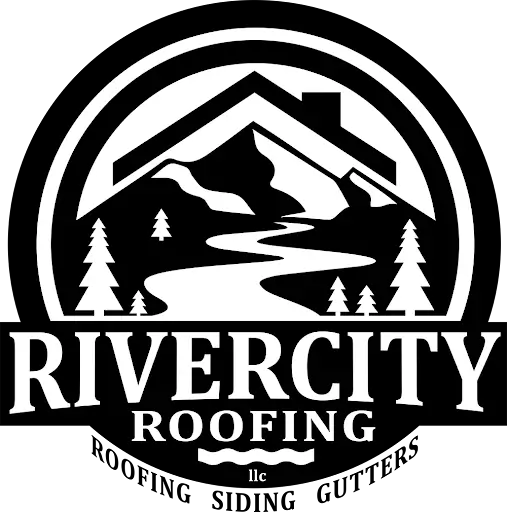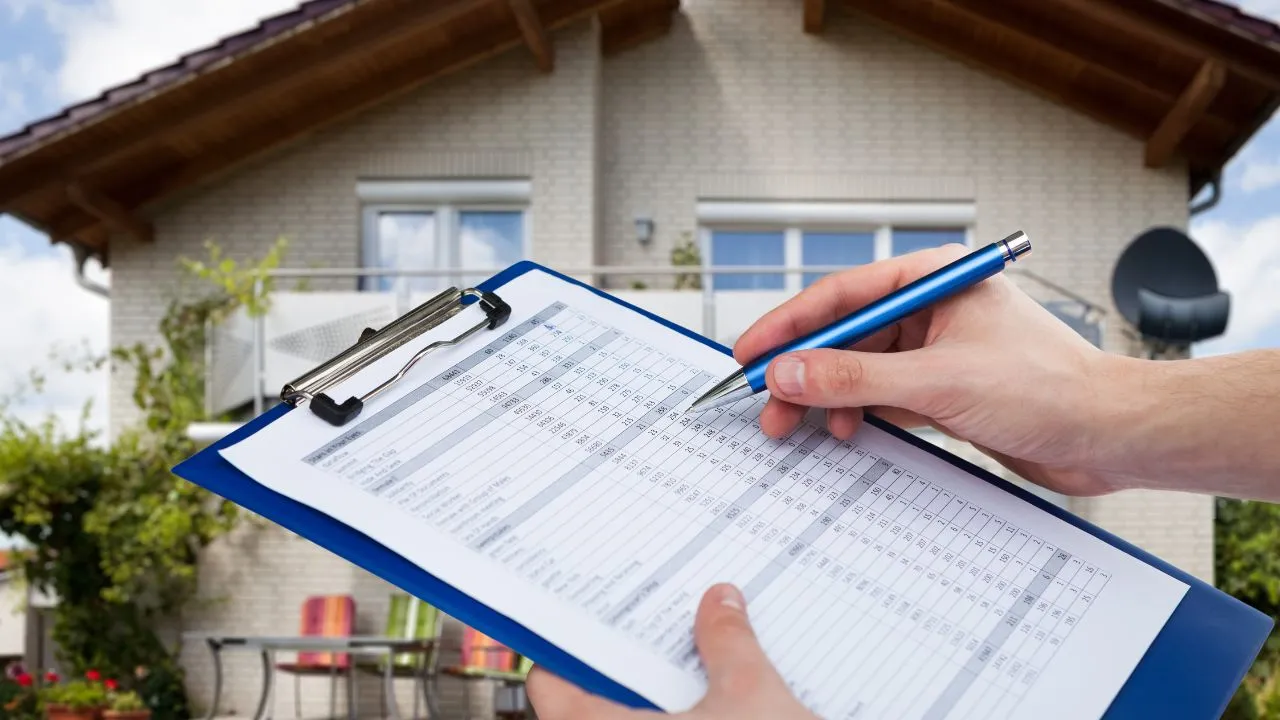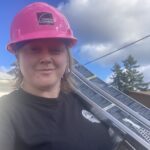Roof Inspection is a standard procedure that is used for the assessment of the condition of a roof and for pointing out the problems that need repair or retaining.. Roof inspection is crucial during construction, selling, buying houses, as well as during a general maintenance checkup. Knowing what happens during a roof inspection, the kind of problems that may be found, and why it is useful may prevent homeowners from sending thousands of dollars and shield the overall value of their house.
This guide will look at steps taken during roof inspections, main areas of inspection and roof inspection and repair. We will also take our readers to the general overview of the necessity of residential roof inspection, significance of roof assessments in the situation of home inspections and offer some recommendations for homeowners on how to prepare and make use of comprehensive roofing evaluation.
1. What is a Roof Inspection?
This roofing technique involves having a professional inspect the roof with the aim of determining the quality of roof, existing damages or if repairs or complete roof replacement is possible. It normally encompasses inspection of the exterior and interior of the roof surface, structure, and supporting components.
Types of Roof Inspections
Visual Inspection: A basic and screening assessment typically carried out by the homeowners or the realtors to look for one or more of the following: missing shingles, leakage, or debris.
Professional Inspection: This is done by roof inspection inspectors or contractors. It includes inspection of the roof and various parts of it as well as its vulnerability to destructive forces such as wind, hail among others.
Free Roof Inspections. Fast. Reliable.
Is your roof ready to weather the storm? Dont risk property damage. Our free roof inspections provide expert analysis to identify potential issues before they become costly problems.
2. What Happens During a Roof Inspection?
When conducting an inspection of the roof, a professional will assess some aspects of the roof with regard to any kind of damage that may have affected the structure and any signs of weakness. The process typically includes the following steps:
2.1 Exterior Inspection
In this phase, the inspector climbs onto the roof with a view of accessing its exterior look. The inspector will focus on several key areas, including:
Shingles or Tiles: When conducting an inspection, the inspector will look for various indicators of deterioration: wear and tear, curling, cracking and even missing shingles or tiles.
Flashing: Checking the metal fitting around chimneys, skylights and vertical openings, like vent pipes, and making sure they are essentially sound and sufficiently covered. Flashing bars water entry into certain parts of the roof that are most susceptible to the vagaries of weather.
Gutters and Downspouts: Inspecting the gutter system for any debris, rust or problems in the drainage system that causes water damage on the roof and harms the foundation of the home.
Roof Vents: Verifying that attic vents are not clogged and that they perform optimally in order to correct the airflow inside the attic.
Roof Penetrations: Checking around every penetration that exists on the roof for example, chimneys, plumbing vents and HVAC systems for cracks or gaps that can be précised by water.
Roof Structure: Determining the pitch of a roof, or the general angle of the roof to be flat, slightly sloped, moderately pitched or steep, as well as checking the strength and stability of the roof to ensure it can handle load such as snow or other natural calamities.
2.2 Interior Inspection
The inspector will next assess areas of the home interior that are associated with the roof. This includes:
Attic Inspection: The condition of the roof can be clearly understood by what that one finds in the attic. The inspector will look for walls that are damp, moldy, or inadequately insulated. Regardless, they will scan the area for signs of rot or any possible damage to the wooden layout that holds the roof.
Ceilings and Walls: The inspector will carefully assess (the interior) ceilings and walls for various indicators of water damage: stains, discoloration, or other signs of roof leaks.
Insulation: There are two primary reasons for insulating the attic – for control of energy – and moisture. The inspector will look at the insulation’s condition and how well it is working.
3. Common Issues Found During a Roof Inspection
During a roof inspection, various prevalent issues (some minor, others more significant) may be identified that require immediate attention. These complications can range from minor repairs to extensive damage that necessitates replacement. Common problems include:
3.1 Damaged or Missing Shingles
Eventually they can become cracked, curled or even fall off depending on the age of the roof, weather conditions or due to some storm. When shingles are missing, the underlying layers of the roof are left exposed to the elements; thus, this vulnerability can lead to leaks and additional damage. Although it may seem minor at first, the consequences can be significant if not addressed promptly.
3.2 Roof Leaks
Water leakage is a very common problem that inspectors usually detect during roof inspection and checking. They are normally caused as a result of damage to flashings, improper installation or aging of roof material. If not addressed, leaks can lead to a lot of damages such as presence of molds and rotting of wood.
3.3 Poor Ventilation
Roof ventilation is recommended because excessive moisture build-up in the attic can cause mold formation and possible damage to the roof. The inspector will ensure that the roof has the right means of ventilation.
3.4 Clogged Gutters
Gutters are important in that they intercept and convey water from the roofing as well as from about the base of the house. The check will also include the assessment of the existing gutter as some might be choked because such blockage results in water flowing backwards of the roof.
3.5 Moss and Algae Growth
Moss and algae prefer areas with much humidity and can easily grow on roofs without exposure to the sun. These organisms (which can trap moisture) on the surface of the roof can lead to decay; this ultimately shortens the roof’s lifespan.
4. The Connection Between Roof Inspection and Repair
After the inspection is done then the inspector will recommend whether to repair the roof or replace the roof all together. Here’s what happens next:
4.1 Roof Repair
With minor issues such as missing some shingles or small signs of leakages, then the inspector advises that those areas be repaired. Maintenance also avoids the occurrence of much worse damage on the roof; thus, frequent repairs serve the purpose of increasing the roof’s lifespan.
- Shingle Replacement: Loose or missing shingles are replaced to restore the roof’s protective barrier.
- Flashing Repair: Ensuring that worn out or compromised flashing is repaired or replaced can greatly help eliminate the occurrence of leaks around penetrations through the roof, or along the edges of the roof.
- Gutter Cleaning and Repair: Removing debris from gutters (which can accumulate over time) and making sure they are securely affixed will enhance water drainage.
4.2 Roof Replacement
In certain instances, the inspection could indicate that the roof has deteriorated beyond repair and requires replacement. This scenario is often observed when:
- The roof approaches the conclusion of its anticipated lifespan—typically spanning 20 to 30 years, depending on the materials used.
- If there is significant damage compromising the structural integrity of the roof.
- Several areas of the roof are currently leaking, and it would not be economical to undertake patching work since the entire roof would soon go bad.
5. Residential Roof Inspection: The Importance for Homeowners
Routine evaluations of residential roofs are crucial for preserving both the safety and quality of the houses. Here’s why:
5.1 Preventative Maintenance
A roof check is quite vital and a simple roof check will help the homeowner detect small problems that can be easily treated before a great calamity happens. Consistent upkeep (maintenance) can help homeowners avoid spending on expensive repairs and therefore extend the life of their roofs.
5.2 Real Estate Transactions
Roof inspection is occasionally necessary when selling or purchasing a home or property. For the sellers, specialized roof certification from an inspector can enhance the value of the house in the market. For prospective buyers, a home roof inspection serves to ensure that they do not purchase a home with any concealed issues (which could necessitate) significant repairs in the near future.
5.3 Weather Damage
Roofs on residential homes face many challenges in terms of the climate, some of which includes rainfall, snow and hail, strong winds. A roof inspection can be done after occurrence of events such as storms because these events bring out faults in the roof and its ability to protect the home.
6. Roof Assessments and Home Inspections
Roof check is an important aspect of the home inspection service. In such a situation where a person is buying a new home or even in a usual home check up, this evaluates the safety and strength of the roof as a part and parcel of the home inspection.
6.1 Home Inspection Roofing Components
During a standard home inspection of roofing, the inspector will evaluate the following roofing components:
Roof Covering: This ranges from the outermost part of the roof that is easily visible and which mostly include shingles, tiles or metal panels.
Flashing and Skylights: The inspector will ensure that he or she inspects the flashing and skylights to corroborate that they have been well installed and in the process look for signs of leakage.
Gutters and Downspouts: The home inspector will check the condition of gutters and make sure that they are working as they should, in order to carry water away from the roof and foundation.
7. Preparing for a Roof Inspection
Homeowners can take several steps to prepare for a home roof inspection, ensuring the process is smooth and efficient:
7.1 Clear Access to the Roof
It is important that the inspector is able to get to the roof easily, so take some time to cut any low hanging branches and clear a space around the building so that the inspector is not impeded in his/her work.
7.2 Document Roof History
If available, share with the inspector information about previously done repairs or replacement of roofs. This enables the inspector to know the background of the roof and specific things that need to be looked at carefully.
7.3 Clean the Roof and Gutters
Before the inspection, ensure that the roof is free of debris, and the gutters should also be clear. This means that the inspector will be able to observe the roof surface and the drainage system as a whole.
8. How Often Should You Schedule a Roof Inspection?
Roof inspection should be done more frequently depending on the age of roof, under which climate the building is located and whether any recent severe weather events have taken place. As a general rule:
Annual Inspections: Every homeowner should ensure that the roofing is checked periodically, ideally at least once in a year in order to detect problems early enough and also in order to maintain the roof.
After Severe Weather: If the home has experienced severe weather like a hail storm, hurricanes, heavy snow, then, it is advised to undertake a post-storm assessment inspection.
Before Buying or Selling a Home: A home roof inspection (which is crucial) is essential during real estate transactions: it serves to ensure the roof is in good condition, free from any concealed damage.
9. Choosing a Professional Roof Inspector
When selecting a professional roof inspector, consider the following tips:
Certification and Licensing: Hire an inspector who is qualified, most importantly licensed to do the roof inspection. This helps you to make sure that they have the kind of training and experience which will enable them to assess your roof properly.
Experience: Seek for an inspector that has skills in inspecting residential roofing services and with a good reputation around.
Detailed Reporting: Instruct the inspector to give a detailed report of the state of your property, that contains pictures and descriptions of the problems detected. This will assist you in the extent of the loss and planning of work to be made on a property.
Conclusion
Roof inspection is a critical necessity in any home if the homeowner is to ensure that their roof is safe and efficient. Proactive inspections throughout the year can prevent a large array of problems, so homeowners are able to fix small flaws that might turn into expensive damages later on. Whether you are in the process of scheduling a routine home roof inspection, getting ready for a home roof evaluation prior to selling, or performing a post-storm roof assessment, understanding the home roof inspection process will go a long way in protecting your worth in investment.
Being able to monitor roofs and make repairs when necessary is highly essential in increasing the life spans of roofs, cutting on energy bills and making homes secure for residents. Minor inspections cost a lot less than having a major, unmanageable issue with your roof in the future.
At River City Roofing Company we know just how important a good roof is to the safety of our homes and its value. Which is why our professional roof inspections guarantee that your roof is given an intensive check, to include a mapping out not just of visible problems, but of any weaknesses that might be lurking beneath the surface, all topped off by comprehensive recommendations on what corrective measures might be necessary.
Trust our roofing professionals to deal with your leaking roof issues before it becomes a real problem – call River City Roofing for your roof inspection booking! Whether you need an annual checkup, after storm assessment, or if you are intending to purchase or sell a property, reach out to us. Our roof inspection service ensures your roof stays in good shape for the next few years.
So give River City Roofing a call or simply visit our website to schedule your free estimate.



